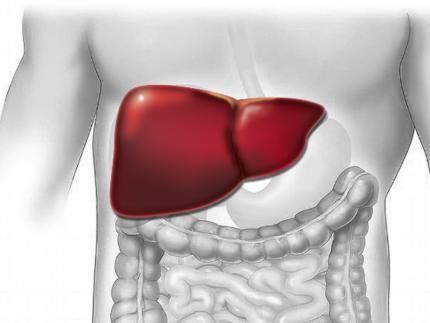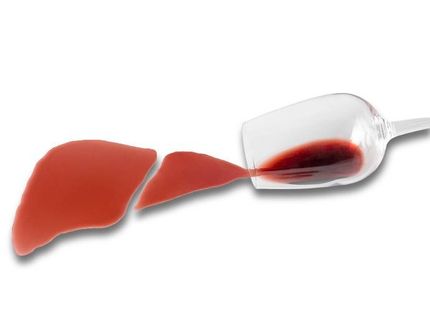New driver for a rare form of liver cancer discovered
Scientists from the German cancer Research Center (Deutsches Krebsforschungszentrum, DKFZ) and the Hebrew University in Jerusalem have identified in mice the cell of origin of combined liver/biliary duct carcinomas, a rare type of cancer of the liver. The pro-inflammatory immune messenger interleukin 6 (IL-6) was found to be the driver of carcinogenesis. Blocking of IL-6 reduced both the number and size of tumors in mice.

Symbolic image
pixabay.com
The term liver cancer includes hepatocellular carcinoma, intrahepatic carcinoma of the bile duct, and a mixed form, combined liver/biliary duct cacrinoma (cHCC/CCA). The cells of cHCC/CCA exhibit features of both forms of cancer. This rare cHCC/CCA is considered very aggressive and responds extreme poorly to current treatments.
To identify potential targets for new therapies, a team led by Mathias Heikenwälder of the German Cancer Research Center and Eithan Galun of the Hebrew University in Jerusalem searched for the cellular origin of these tumors. The researchers conducted their studies in mice that were genetically modified to develop chronic liver inflammation and hepatocellular carcinoma at an older age, and later also developed cHCC/CCA. The molecular profile of the cHCC/CCA tumor cells in these animals largely matched that of human cHCC/CCA cells.
The German-Israeli team found that cHCC/CCA develops from degenerate liver cell precursors. In contrast, hepatocellular carcinoma most likely arises from damaged mature liver cells.
In cHCC/CCA cells, genes of the pro-inflammatory interleukin 6 (IL-6) signaling pathway are particularly active. The source of the IL-6 that activates this signaling pathway are aging immune cells. The hallmark of cell aging, which scientists refer to as "senescence", is the release of a whole cocktail of pro-inflammatory signaling molecules, among which IL-6 plays the main role.
Blocking of IL-6 action by specific antibodies reduced both the number and size of cHCC/CCA tumors in the mice. An agent that drives senescent cells into programmed cell death apoptosis, thereby drying up the source of IL-6, also inhibited the development of cHCC/CCA.
Today, the most effective therapy for cHCC/CCA is surgical removal of the tumors. It is only successful if the cancer is detected at a very early stage. "Blocking of IL-6 or agents that kill senescent IL-6-producing cells could now be further tested as promising treatment approaches against this type of cancer," explains Mathias Heikenwälder, one of the corresponding authors of the current publication. He adds: "There is now growing evidence that tumors actually diagnosed as hepatocellular carcinoma also partially contain cells of a cHCC/CCA. This means that potential therapeutic approaches against cHCC/CCA could also benefit some patients with hepatocellular cancer."
Original publication
Original publication
Nofar Rosenberg et al.; Combined hepatocellular – cholangiocarcinoma derives from liver progenitor cells and depends on senescence and IL6 trans-signaling; Journal of Hepatology 2022
Organizations
Other news from the department science

Get the life science industry in your inbox
By submitting this form you agree that LUMITOS AG will send you the newsletter(s) selected above by email. Your data will not be passed on to third parties. Your data will be stored and processed in accordance with our data protection regulations. LUMITOS may contact you by email for the purpose of advertising or market and opinion surveys. You can revoke your consent at any time without giving reasons to LUMITOS AG, Ernst-Augustin-Str. 2, 12489 Berlin, Germany or by e-mail at revoke@lumitos.com with effect for the future. In addition, each email contains a link to unsubscribe from the corresponding newsletter.


















































